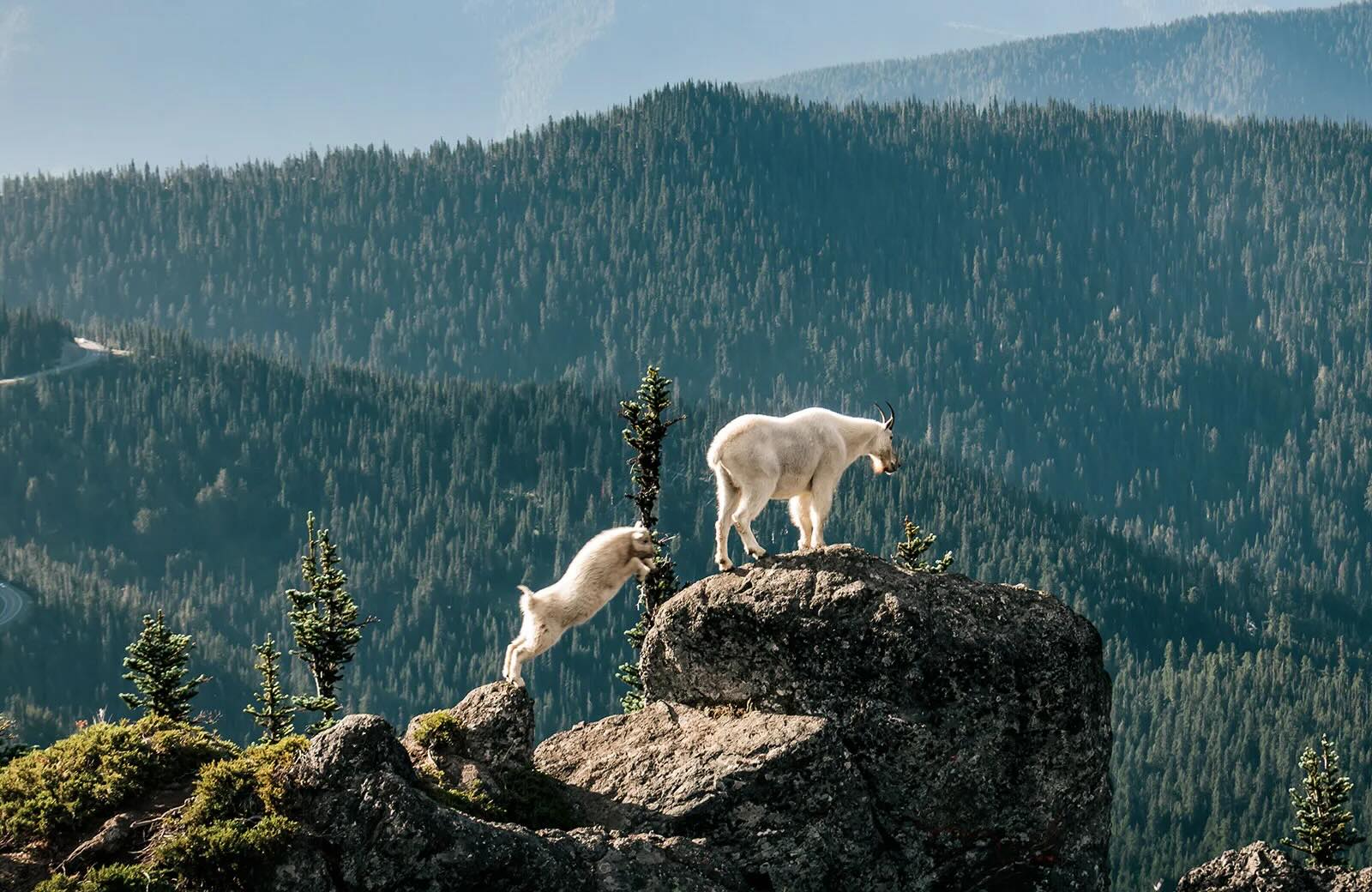Hidden Trading Routes Of Washington’s Olympic Range

Have you ever wondered about the hidden trading routes in Washington's Olympic Range? This rugged area, known for its dense forests and towering peaks, holds secrets from the past. Native tribes and early settlers used these paths for trade and travel. Today, hikers can still find traces of these ancient routes. Imagine walking the same trails where goods like furs, fish, and berries were once exchanged. Exploring these paths offers a unique glimpse into the region's history. Lace up your boots, grab a map, and get ready to uncover the mysteries of the Olympic Range's hidden trading routes.
Hidden Trading Routes of Washington's Olympic Range
Washington's Olympic Range is a treasure chest of hidden trading routes. These paths, once bustling with traders, now offer a glimpse into the past. Let's uncover some of these fascinating routes.
Ancient Paths Through Dense Forests
The Olympic Range's dense forests hide many ancient paths. These routes were vital for trade and communication among indigenous tribes.
Elwha River Trail: This trail follows the Elwha River, connecting coastal tribes with those inland. Traders exchanged fish, berries, and crafted goods along this route.
Hoh River Trail: Winding through lush rainforests, this trail was a major artery for trading cedar, fish, and other resources. The Hoh River Trail remains a popular hiking destination today.
Quinault River Trail: This path provided access to the Quinault tribe's territory. Traders navigated through thick forests, exchanging goods like salmon, berries, and woven baskets.
Coastal Routes Along Rugged Shores
The rugged coastline of the Olympic Range also played a crucial role in trade. Coastal routes allowed for the exchange of marine resources and cultural artifacts.
Ozette Loop Trail: This trail connects the Ozette village site with the Pacific Ocean. Traders used this route to transport shells, fish, and other coastal resources.
Shi Shi Beach Trail: Leading to one of the most beautiful beaches in the region, this trail was used for trading seafood, shells, and other coastal treasures.
Cape Alava Trail: This trail, part of the Ozette Triangle, provided access to the westernmost point of the contiguous United States. Traders exchanged goods like fish, seaweed, and shells along this route.
Mountain Passes and High Elevation Trails
High elevation trails and mountain passes were essential for connecting different regions of the Olympic Range. These routes facilitated the exchange of goods and ideas.
Hurricane Ridge Trail: This trail offers breathtaking views of the Olympic Mountains. Traders used it to transport goods like furs, medicinal plants, and crafted items.
Deer Park Trail: Leading through high alpine meadows, this trail connected various tribes. Traders exchanged goods like berries, herbs, and animal hides.
Mount Townsend Trail: This trail provided access to the summit of Mount Townsend. Traders navigated this challenging route to exchange goods like furs, medicinal plants, and crafted items.
River Routes and Waterways
Rivers and waterways were natural highways for trade in the Olympic Range. These routes allowed for the efficient transport of goods.
Bogachiel River Trail: Following the Bogachiel River, this trail was used for trading fish, berries, and other resources. The river's gentle flow made it an ideal route for transport.
Sol Duc River Trail: This trail follows the Sol Duc River, connecting coastal and inland tribes. Traders exchanged goods like fish, berries, and crafted items along this route.
Dosewallips River Trail: This path provided access to the Dosewallips River. Traders navigated through dense forests, exchanging goods like salmon, berries, and woven baskets.
Hidden Valleys and Secluded Trails
Hidden valleys and secluded trails offered secretive routes for trade. These paths were less traveled but equally important.
Enchanted Valley Trail: This trail leads to the Enchanted Valley, a hidden gem in the Olympic Range. Traders used this secluded route to exchange goods like furs, medicinal plants, and crafted items.
Royal Basin Trail: Leading to the stunning Royal Basin, this trail was used for trading high-value items like furs, herbs, and crafted goods. The basin's remote location made it a perfect hideaway for traders.
Seven Lakes Basin Trail: This trail winds through a series of beautiful alpine lakes. Traders navigated this challenging route to exchange goods like berries, herbs, and animal hides.
Discovering the Hidden Trading Routes
Exploring Washington's Olympic Range reveals a rich history of hidden trading routes. These paths, once vital for trade, now offer a glimpse into the past. Hikers and history buffs alike can appreciate the blend of natural beauty and historical significance. The trails wind through dense forests, alongside rivers, and over rugged terrain, showcasing the diverse landscape of the region.
Understanding these routes provides insight into the lives of those who once traversed them. It highlights the ingenuity and resilience of early traders. Whether you're an avid hiker or a history enthusiast, the Olympic Range's hidden trading routes offer a unique adventure. They connect us to a time when trade was a lifeline, and the wilderness was both a challenge and a resource. So, lace up your boots and step back in time on these remarkable trails.

